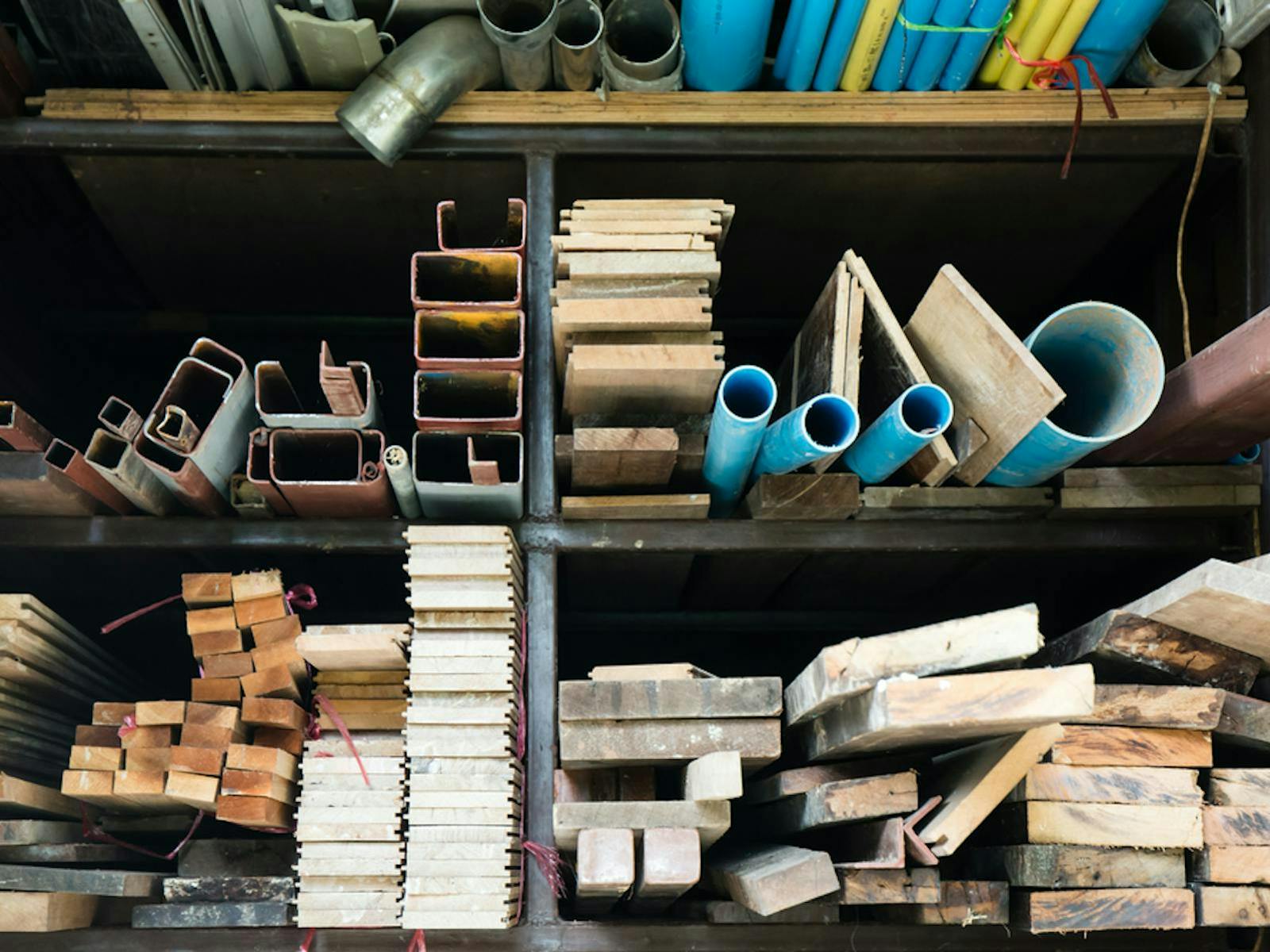
Across the industry, we found that paint (21%), timber (19%) and steel (17%) were the materials that tradespeople struggled to get their hands on the most, but this varies significantly by sector.
Below, we’ve listed the specific items that each trade has most struggled to source in the last year, based on the results of our survey.




The financial consequences for tradespeople
Because of the shortages, many tradespeople have had to delay (33%) or turn down (18%) work altogether. If the challenges continue, this could have a serious impact on their finances.
Roofers (60%) are the most likely tradespeople to have had to refuse jobs because they couldn’t source the materials they needed.
The trades that are most and least likely to have had to turn down work because of the materials shortage are:

The impact of inflation
The most common factor that tradespeople blame for the materials shortage is the record levels of inflation, with rising prices causing issues throughout the supply chain.
More than a fifth (22%) say that they’ve noticed significant increases in the last 12 months, and at the end of 2021, the cost of construction materials hit a 40-year high.
Using the latest data from the Department for Business, Energy and Industrial Strategy, we’ve identified the materials that have experienced the biggest year-on-year price increases between June 2021 and June 2022, charting the rate of construction cost inflation.
The table below is based on Price Indices of Construction Materials.
Construction Inflation Cost Tables*

*Most of these indices, which are compiled by the Office for National Statistics, are a selection of producer price indices. Complete list available online at: https://www.ons.gov.uk/economy/inflationandpriceindices/datalist?query - search for reference MM22 .
If you’re looking to source materials and equipment for your next job, check out our range of products online, from locks, safety and security, to cabinet and shelf hardware.
